Time is of the essence. A word of advice? Get up early! It’s the only way to see the Trevi Fountain without crowds or enjoy St. Peter’s Square in peace.
If you’re planning to visit several museums and archaeological sites, consider buying combined tickets or skip-the-line passes. You’re not the only one with Rome on your bucket list! The city welcomes around 16 million tourists per year!
As you’ve realized, Rome is built on hills – which is just perfect if you’re looking for beautiful panoramic views of the Eternal City. Be sure to stop by the terraces of the Janiculum Hill; the views from there are just beautiful, especially at sunset.
On the way up, you’ll spot the Fontana dell’Acqua Paola, one of the most impressive fountains in Rome. It was built at the request of Pope Paul V, to be installed at the very end of the Aqua Traiana aqueduct, which he wished to put back into service to supply water to the Vatican. To this day, the fountain’s water comes from Lake Braciano, carried here by this aqueduct designed by Roman engineers over 2,000 years ago.
Botanical Gardens
On the way down, you’ll see the entrance to the Botanical Gardens. There’s an entrance fee, but it’s a great way to escape the crowds for a bit. It’s a peaceful oasis away from the city’s hustle and bustle, with a bamboo forest, a Japanese garden, and a beautiful rose garden.
Must-see museums
Rome is famous for its world-class museums. They’re big, beautiful and they all have quite a history and the richest collections. If you must choose just a few, I suggest you visit the famous Capitoline Museums, the Vatican Museums and the Sistine Chapel, and of course the Borghese Gallery.
Capitoline Museums
This museum complex, considered to be one of the oldest in the world, is a must-see in Rome. Here, you’ll see classics like the original Capitoline She-wolf, the bronze equestrian statue of Marcus Aurelius, and the sculpture of Cupid and Psyche kissing. The museums are housed in the Palazzo dei Conservatori and the Palazzo Nuovo, connected by an underground passage.
Vatican Museums
The Vatican Museums are easily among the most impressive in the world, housing treasures collected by the popes over the centuries. Housed in a series of apostolic palaces, these 26 museums are home to exceptional collections. You’ll find everything from Egyptian and religious art to contemporary art. Must-sees include, of course, the famous Sistine Chapel ceiling, painted by Michelangelo in the 16th century, depicting the Creation of Adam and the Great Flood. The walls are adorned with paintings recounting the life of Jesus, created by the greatest Italian artists including Ghirlandaio, Botticelli, Perugino and Pinturicchio. And behind the altar, you’ll find Michelangelo’s famous painting, “The Last Judgment.” Don’t miss the Gallery of Maps, with its stunning maps covering the walls from floor to ceiling. The Raphael Rooms are yet another must-see. These 4 rooms, decorated with gigantic frescoes, are nothing short of spectacular. You can also visit the Pinacoteca Vaticana on the first floor, which houses an impressive collection of tapestries and paintings. Remember to book tickets in advance, as there are limits on visitors per hour.
Villa Borghese
Don’t miss the Borghese Gallery, one of the world’s greatest private art collections. It once belonged to Cardinal Borghese, and today houses a collection of works displayed in some twenty rooms. You’ll get to admire Bernini’s famous statue of Apollo and Daphne, as well as masterpieces by Rubens, Leonardo da Vinci, Raphael and Caravaggio. The Gallery is housed in the Villa Borghese Gardens which are also worth a visit – it’s the biggest and most beautiful park in Rome, nestled on the Pincian Hill. Today, this 80-hectare space is open to the public and it’s home to a host of monuments, pavilions, aviaries, orangeries, fountains and statues. Must-sees here include the lakeside Temple of Aesculapius, dedicated to the god of medicine, the Villa Medicis, housing the French Academy, the Villa Giulia, home to a museum of Etruscan art, that is of a period predating the Roman Empire, the Museum of Modern and Contemporary Art, and Rome’s century-old zoo.
Squares
I know, I know, we’ve already taken you to many beautiful squares during these two city tours. What’s the harm in seeing one more? The Campo dei Fiori is a must-see! It literally means “field of flowers,” as it was a meadow back in the Middle Ages! Fun fact: It’s the only square in Rome without a church! Here, you’ll also find the statue of the philosopher Giordano Bruno, who was accused of heresy and burned at the stake on this very spot. Today, the square is as popular as ever, and since 1869 it’s been home to a big market that’s open every day except Sunday! Here, you’ll also find the statue of the philosopher Giordano Bruno, who was accused of heresy and burned at the stake on this very spot. Today, the square is as popular as ever, and since 1869 it’s been home to a big market that’s open every day except Sunday! In the evening, it’s the perfect spot to people-watch and relax with a drink on one of the many terraces.
Basilica of St. John Lateran
We’ve been over this already, but the Basilica of St. John Lateran is a must-see. It’s the most important church in Rome. Not much remains of the original structure, founded by Constantine in the 4th century, but it’s still the city’s oldest religious building. It’s also the cathedral of the diocese of Rome. Here you can admire the statues of the 12 apostles, created by Bernini’s disciples, ceiling frescoes designed by Michelangelo and painted by Giacamo della Porta, and the treasured relics of St. Peter and St. Paul behind the gilded bars of the papal altar.
Basilica of St. Paul Outside the Walls
For those with extra time after exploring central Rome and the Vatican, there are some hidden gems a bit further out. The Basilica of St. Paul Outside the Walls is one of Rome’s 4 major basilicas, built over the tomb of St. Paul. They say that when St. Paul was beheaded by the Romans, his body was claimed by a Christian woman, Lucina, who buried him in the family tomb outside Hadrian’s walls. His tomb was so revered that Pope Anacletus, the third bishop of Rome, decided to build a small chapel over it. And 2 centuries later, when Constantine legalized Christianity with the Edict of Milan in 313, they built a basilica atop the chapel and placed the saint’s body in a bronze sarcophagus beneath the altar. To accommodate the growing number of pilgrims, the original building was demolished and rebuilt several times, eventually becoming the impressive basilica you see today, which you can visit by the way free of charge.
The Capuchin Crypt
For those not faint of heart, the Capuchin Crypt is a one-of-a-kind attraction! Back in 1626, Cardinal Barberini, a former Capuchin monk and brother of Pope Urban VIII, had the remains of thousands of Capuchins dug up and artfully arranged along this crypt. You’ll get to visit five chapels, decorated with the bones, skulls and in some cases entire skeletons of some 3,600 monks who died between 1500 and 1870. In the last chapel, you’ll be greeted by a startling inscription: “We were once in your place, and you will one day be in ours.”
The Golden House of Emperor Nero
You can also visit the less touristy Domus Aurea, the Golden House of Emperor Nero. After the great fire of Rome in 64 AD, Nero built what was then the city’s biggest and most luxurious palace. Rumor has it that he was the one who started the fire precisely to make room for his palace – an 80-hectare complex of over 150 rooms covered in marble and gold leaf, with a beautiful colonnade and a huge statue of the emperor at the entrance. Nero wasn’t exactly well-liked and his successors made sure to erase every last trace of him from the city. But you can still put on 3D glasses and discover what’s been unearthed of his palace and what it might have looked like back then.
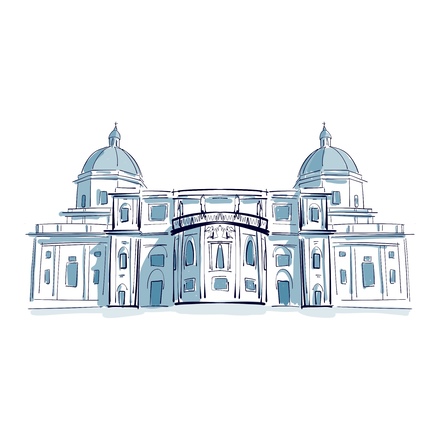
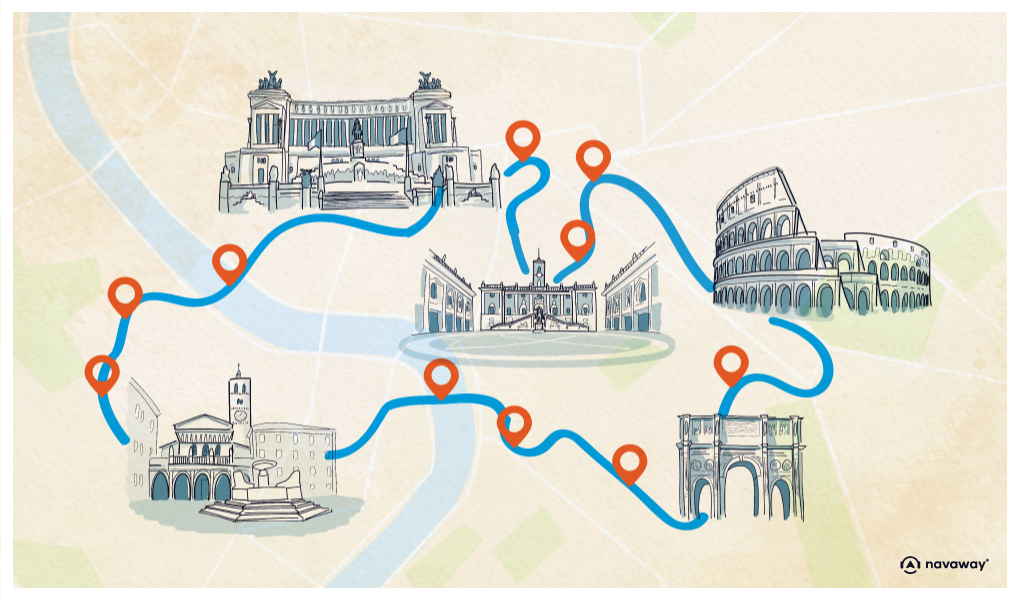
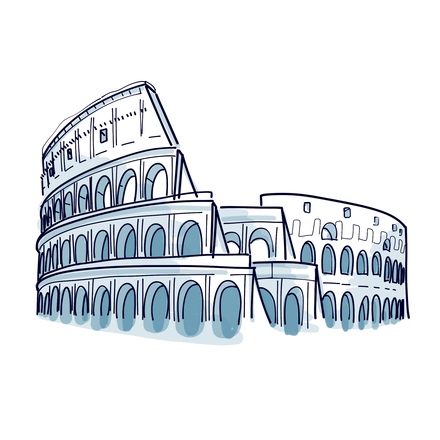
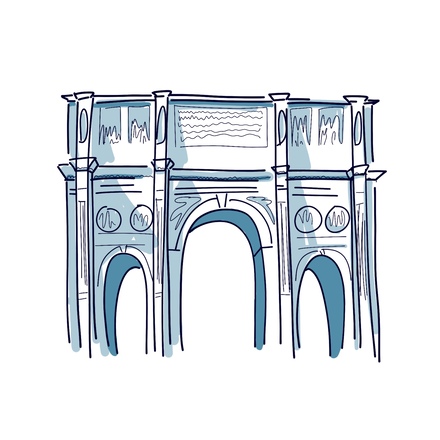
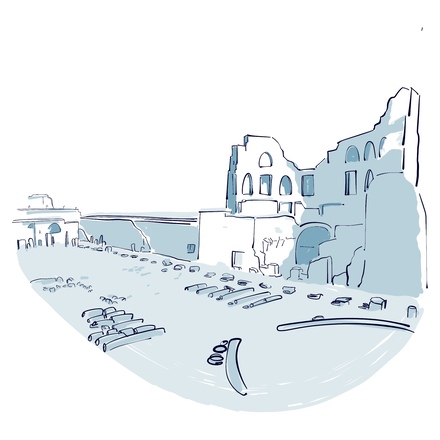
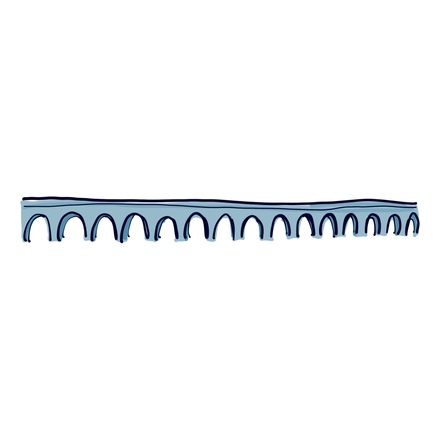

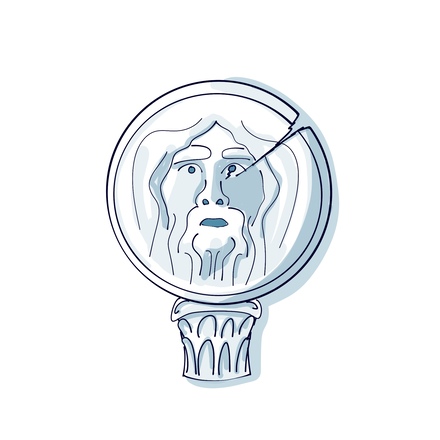
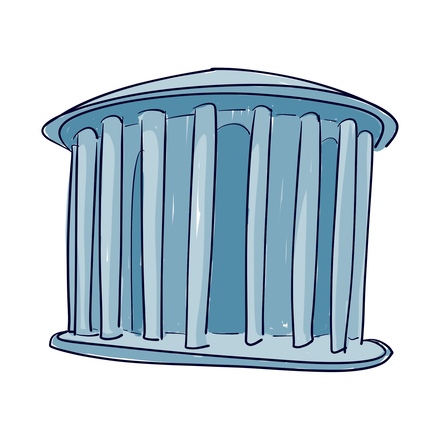
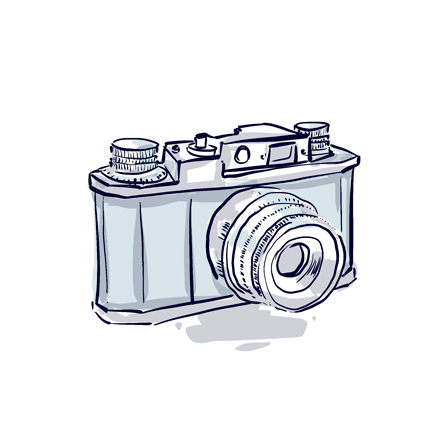
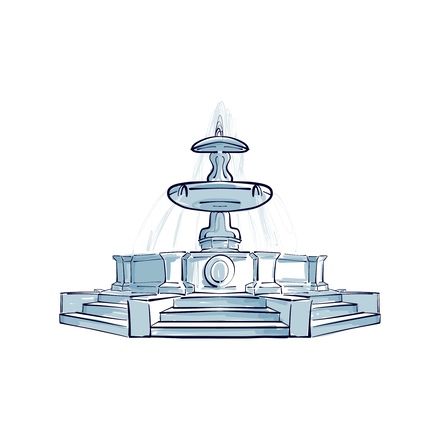

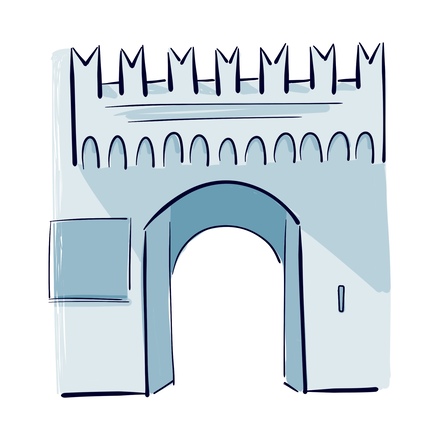
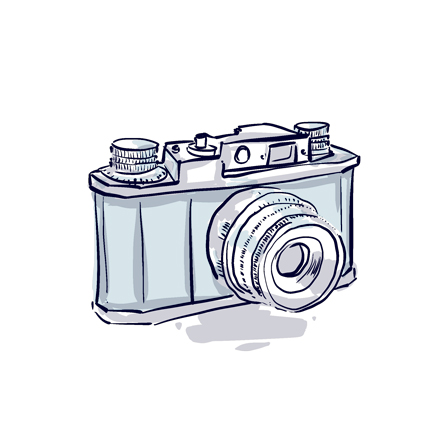

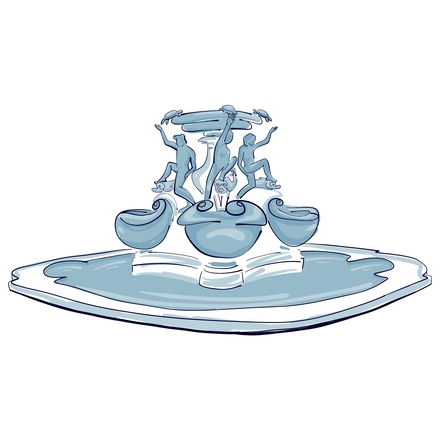
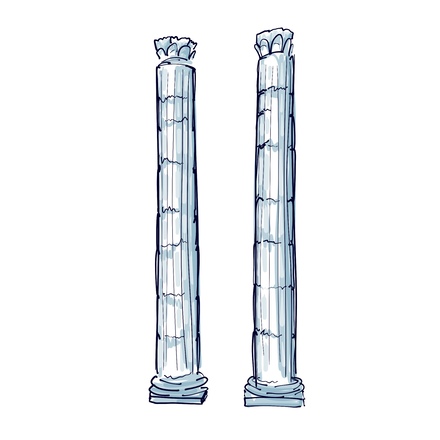
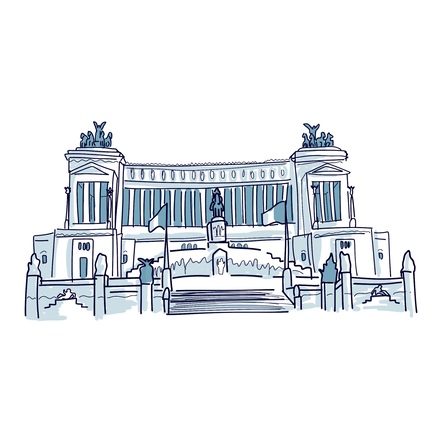
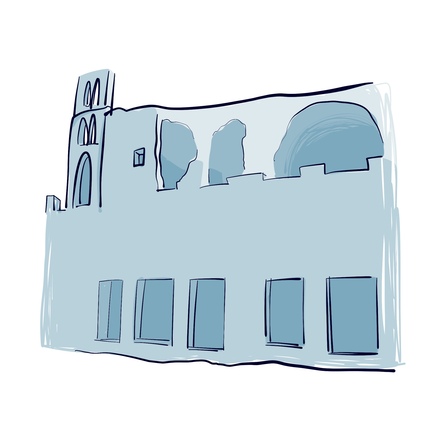
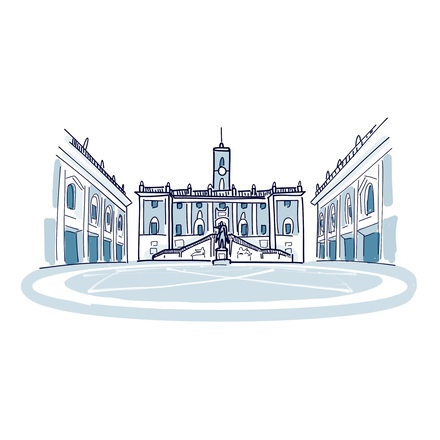
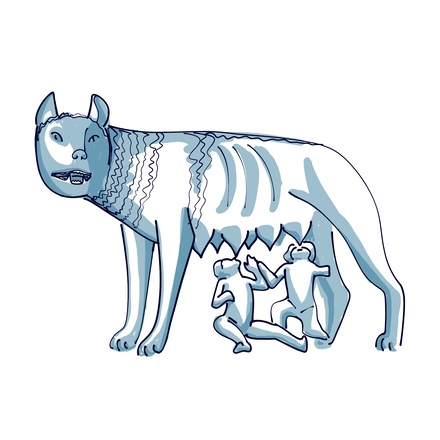
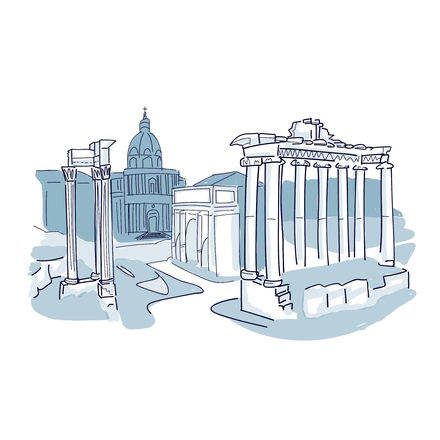
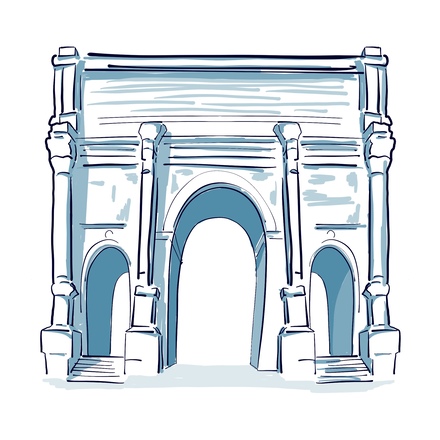


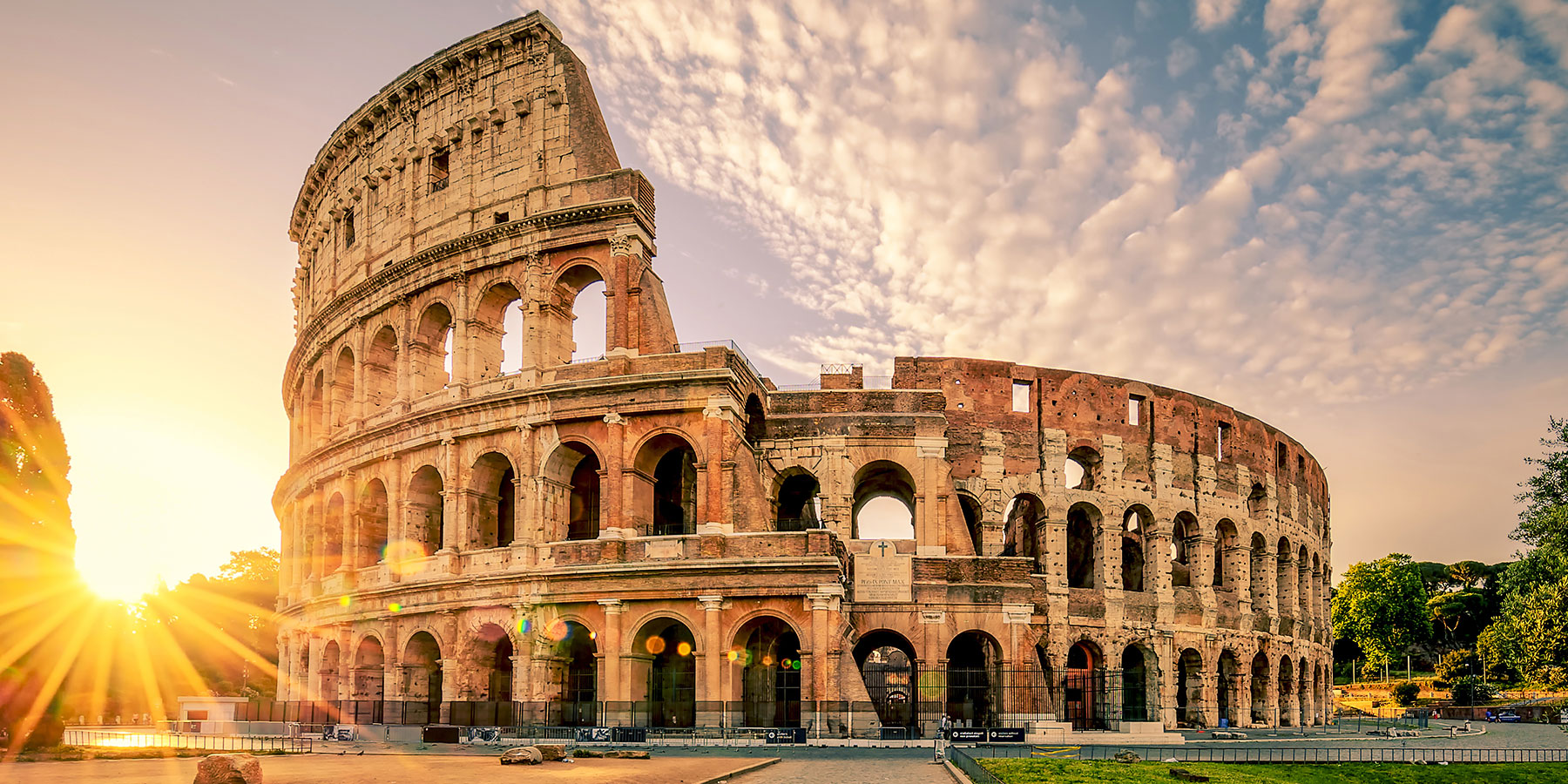
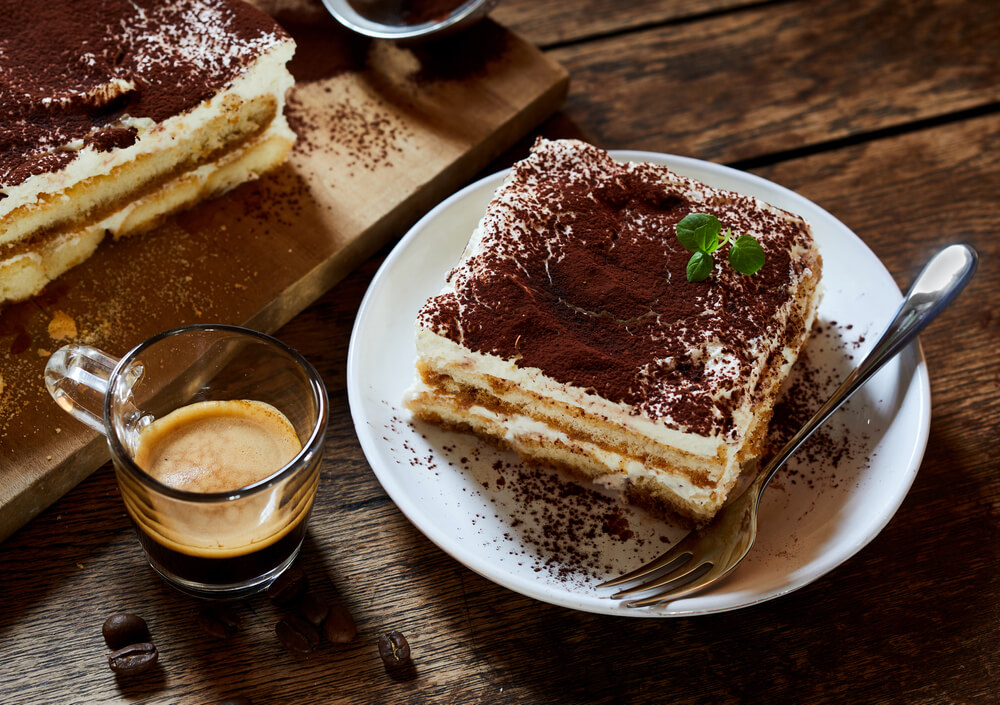
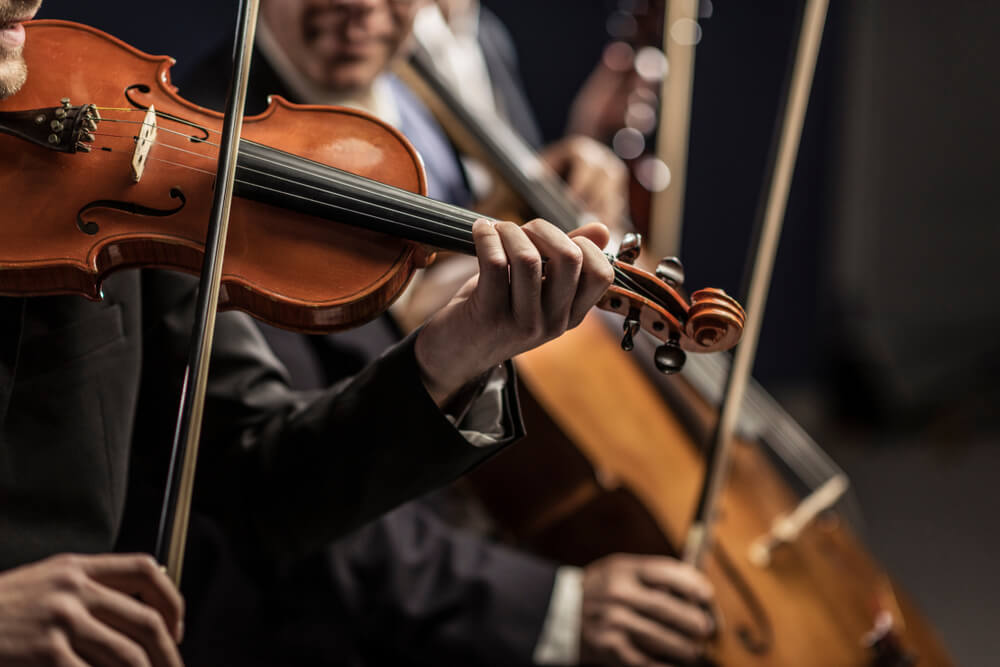
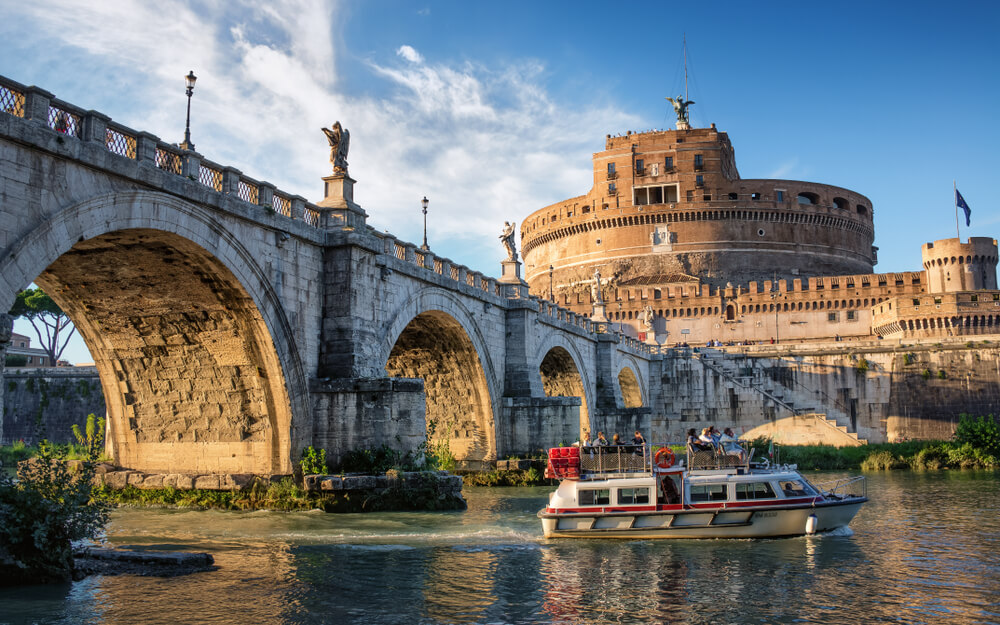
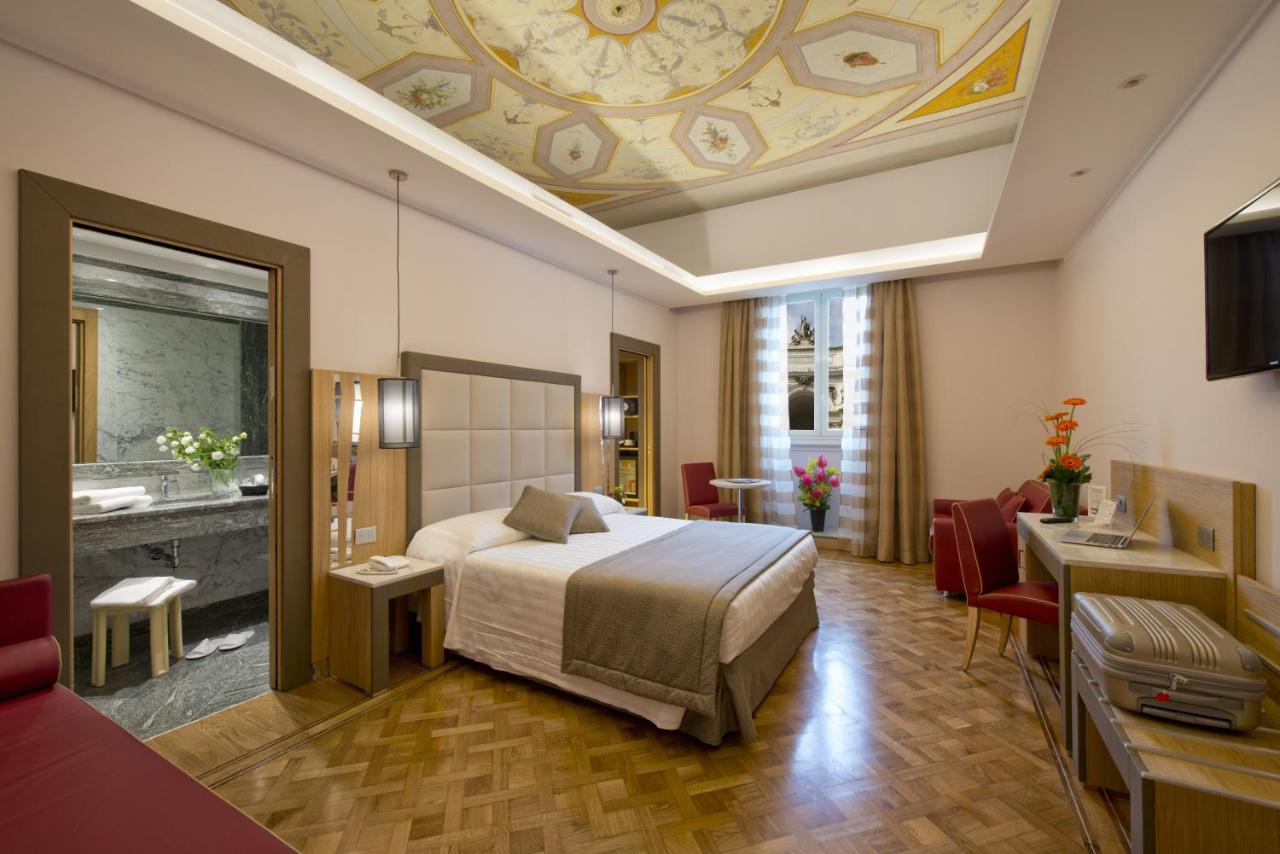
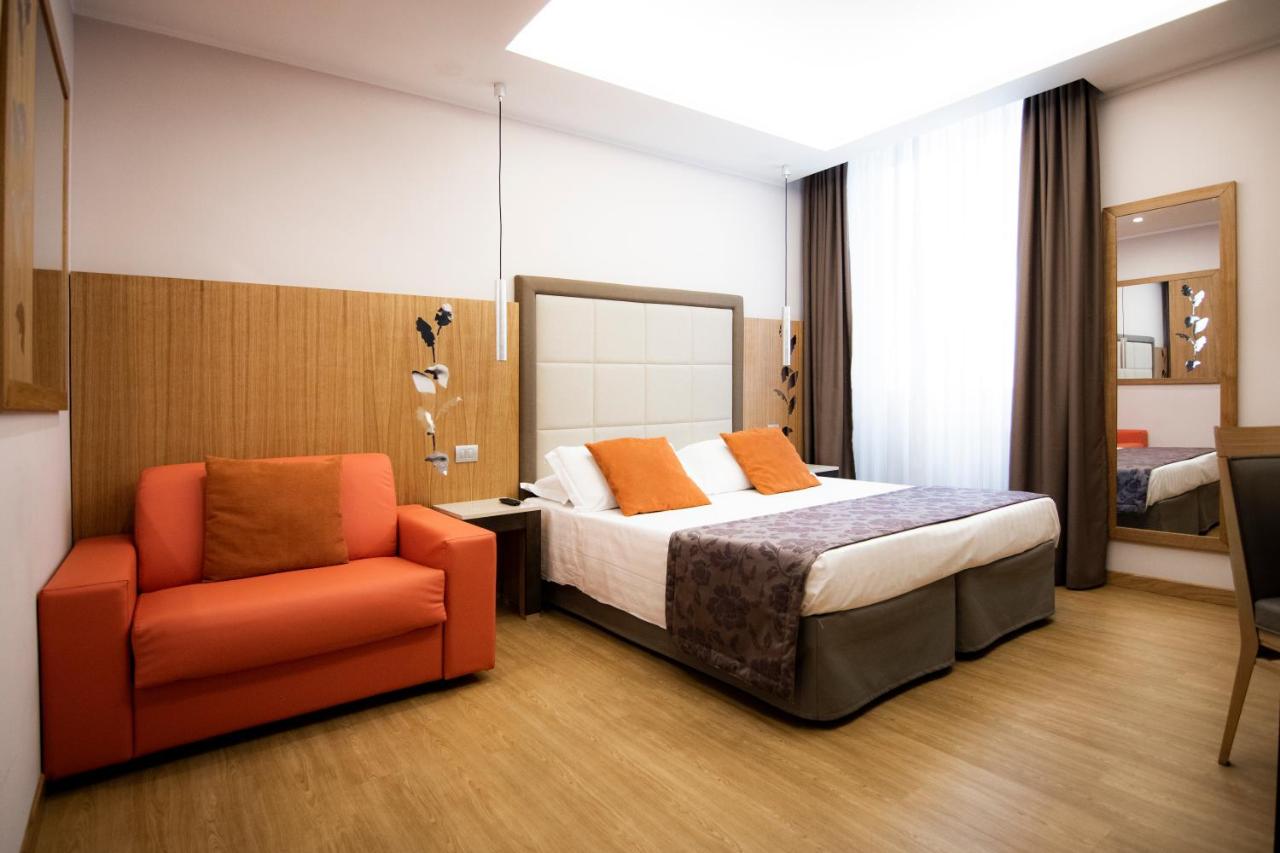
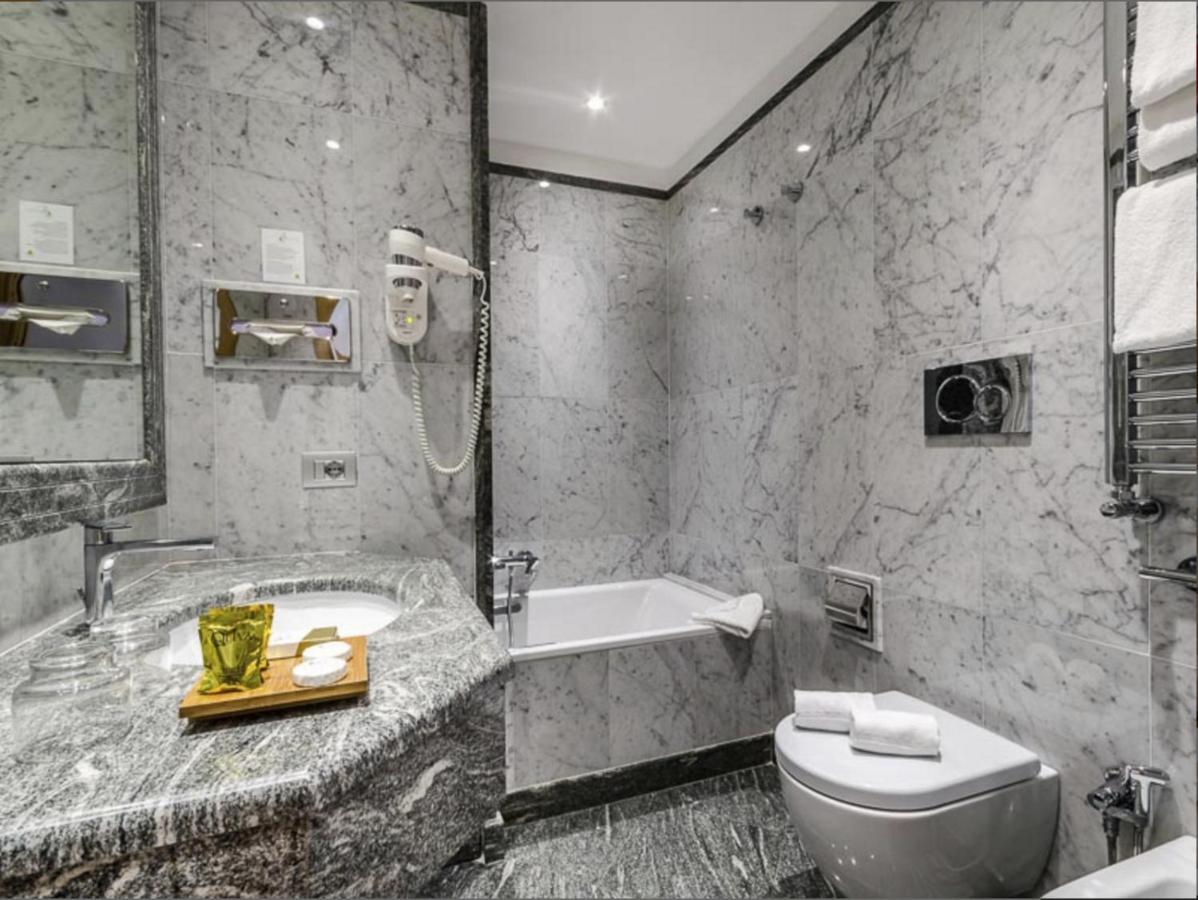
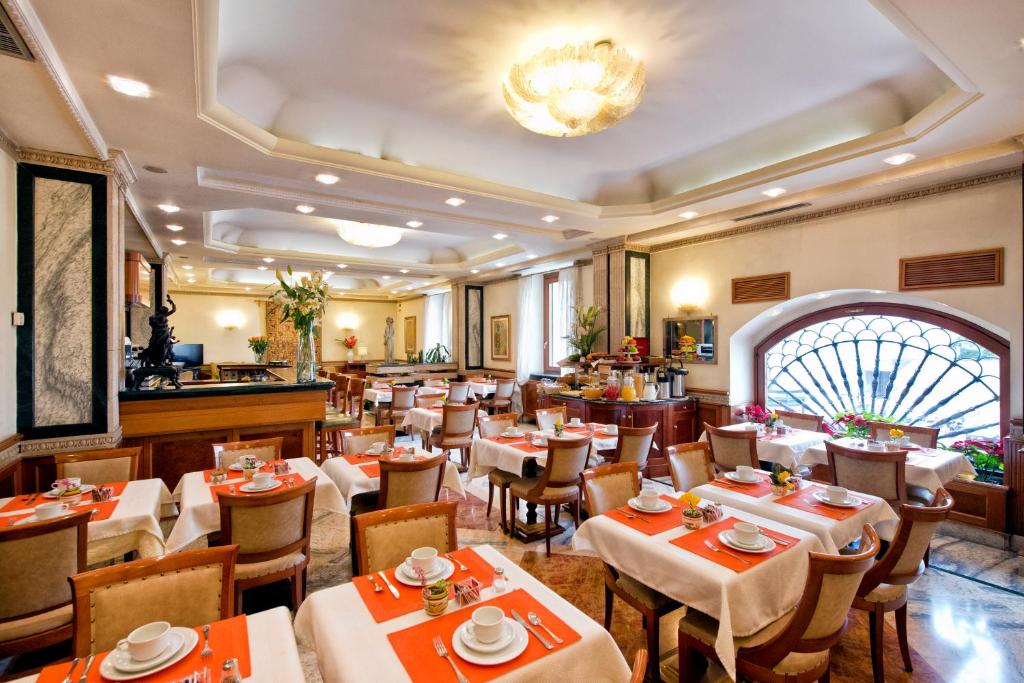
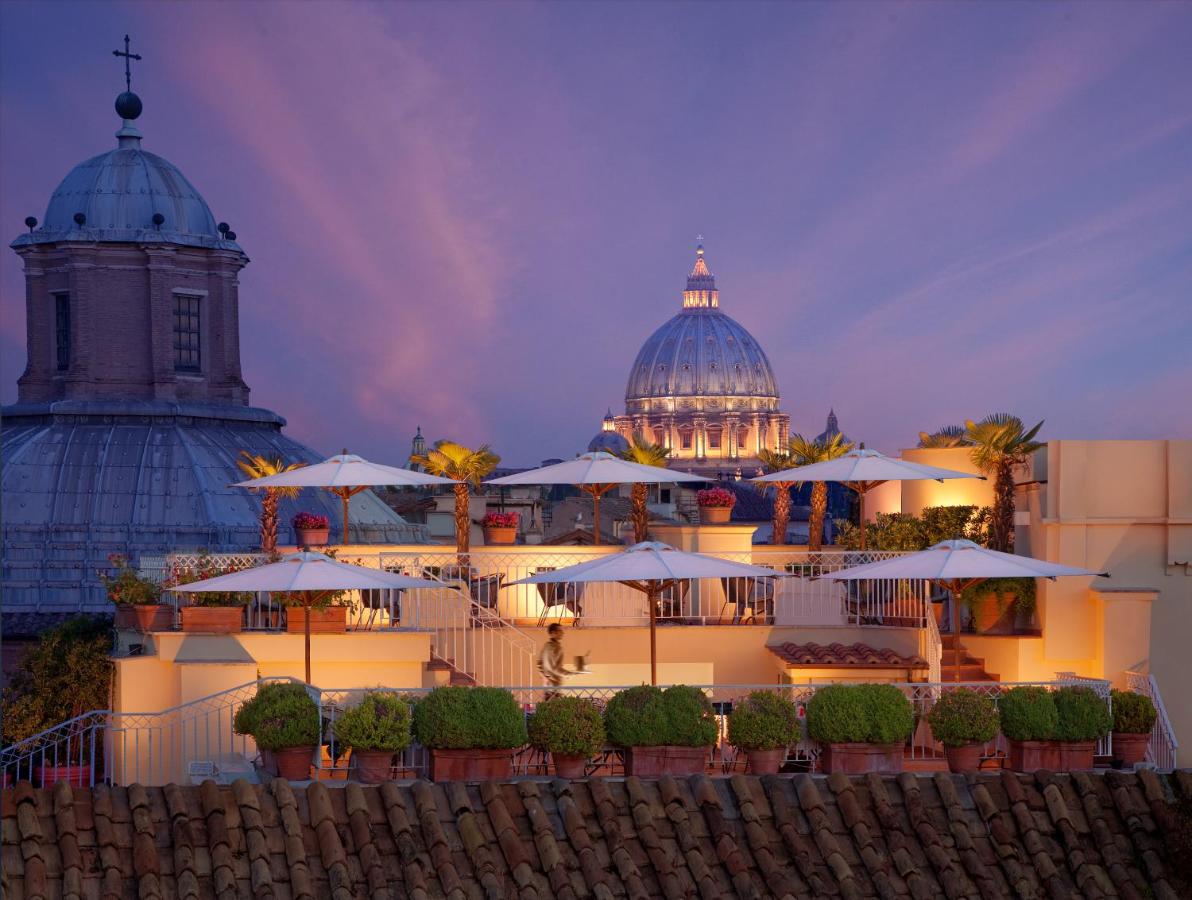
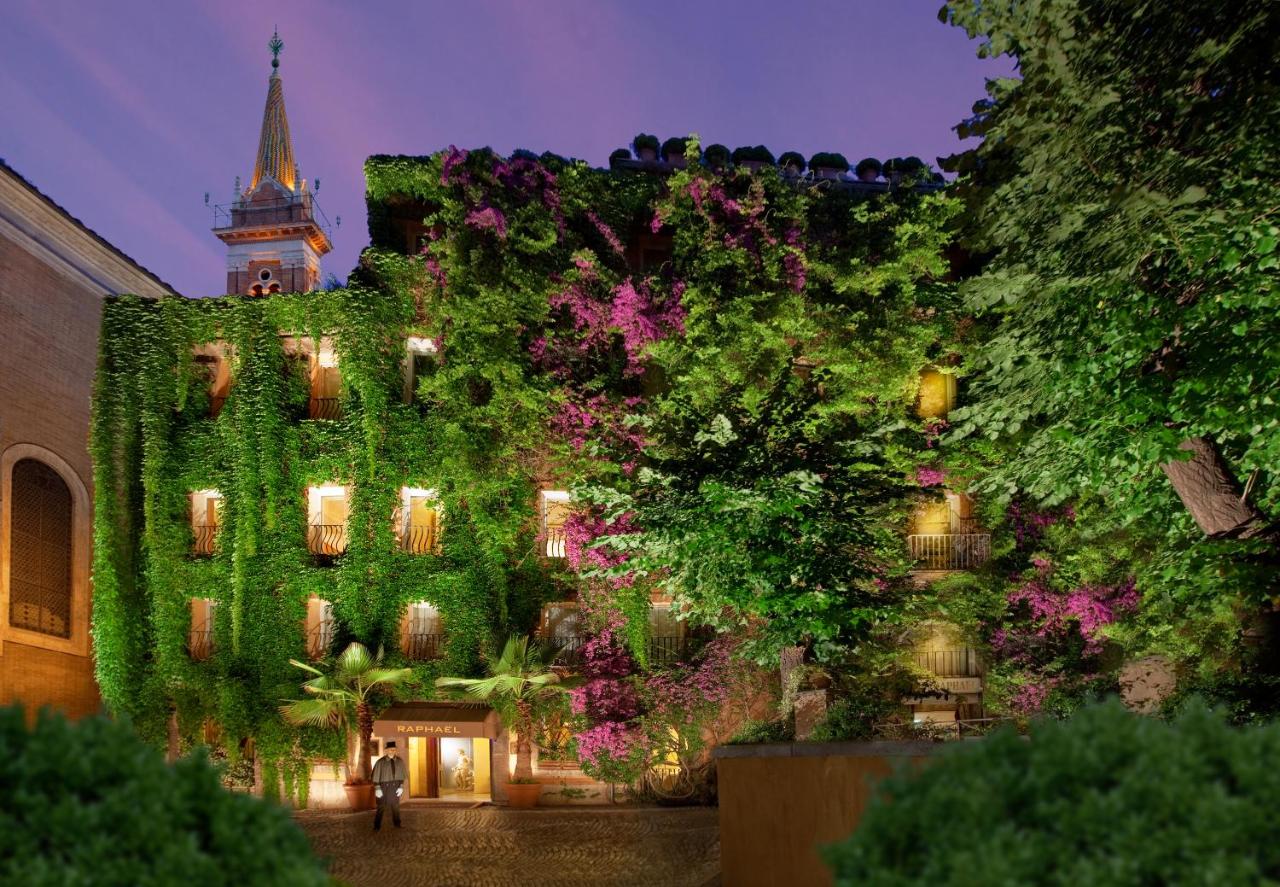
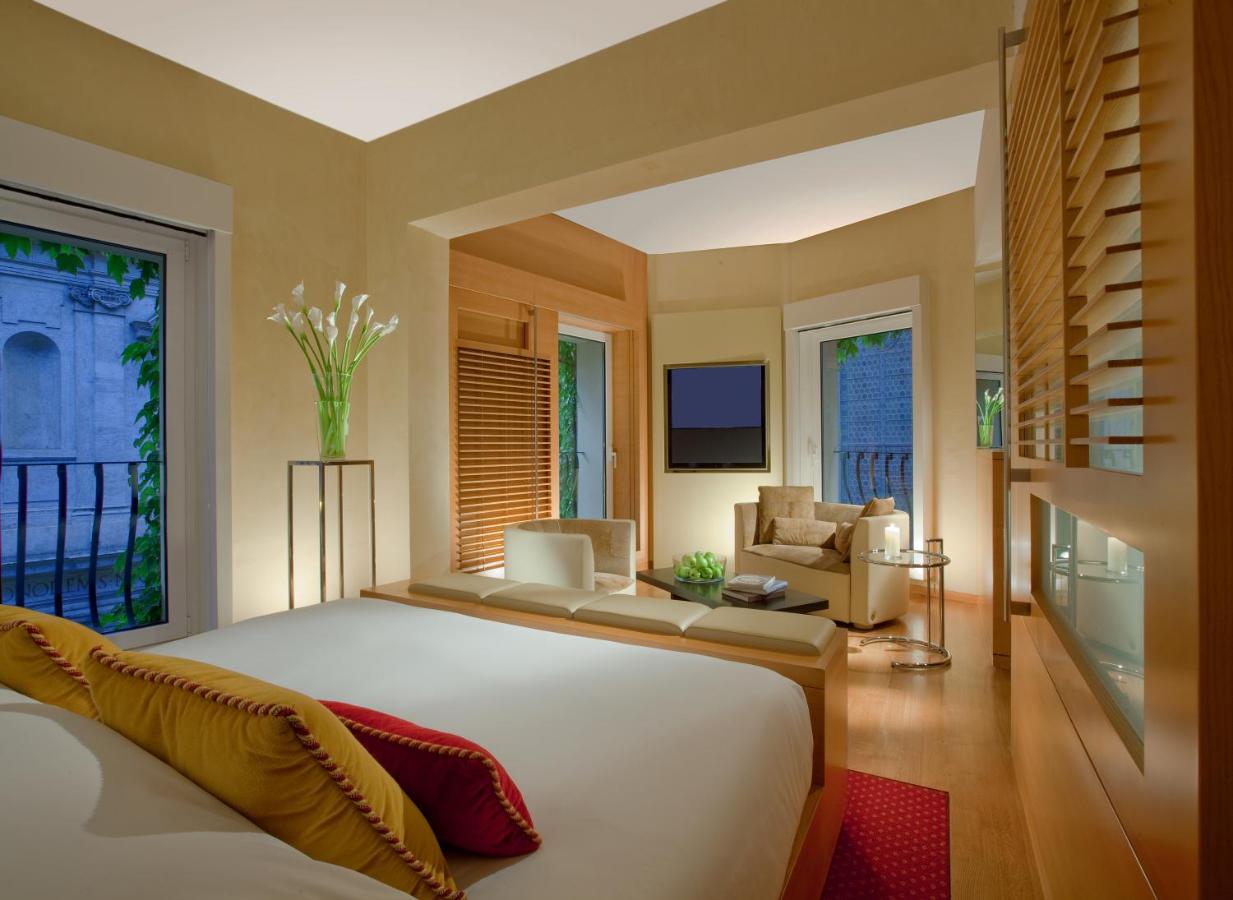
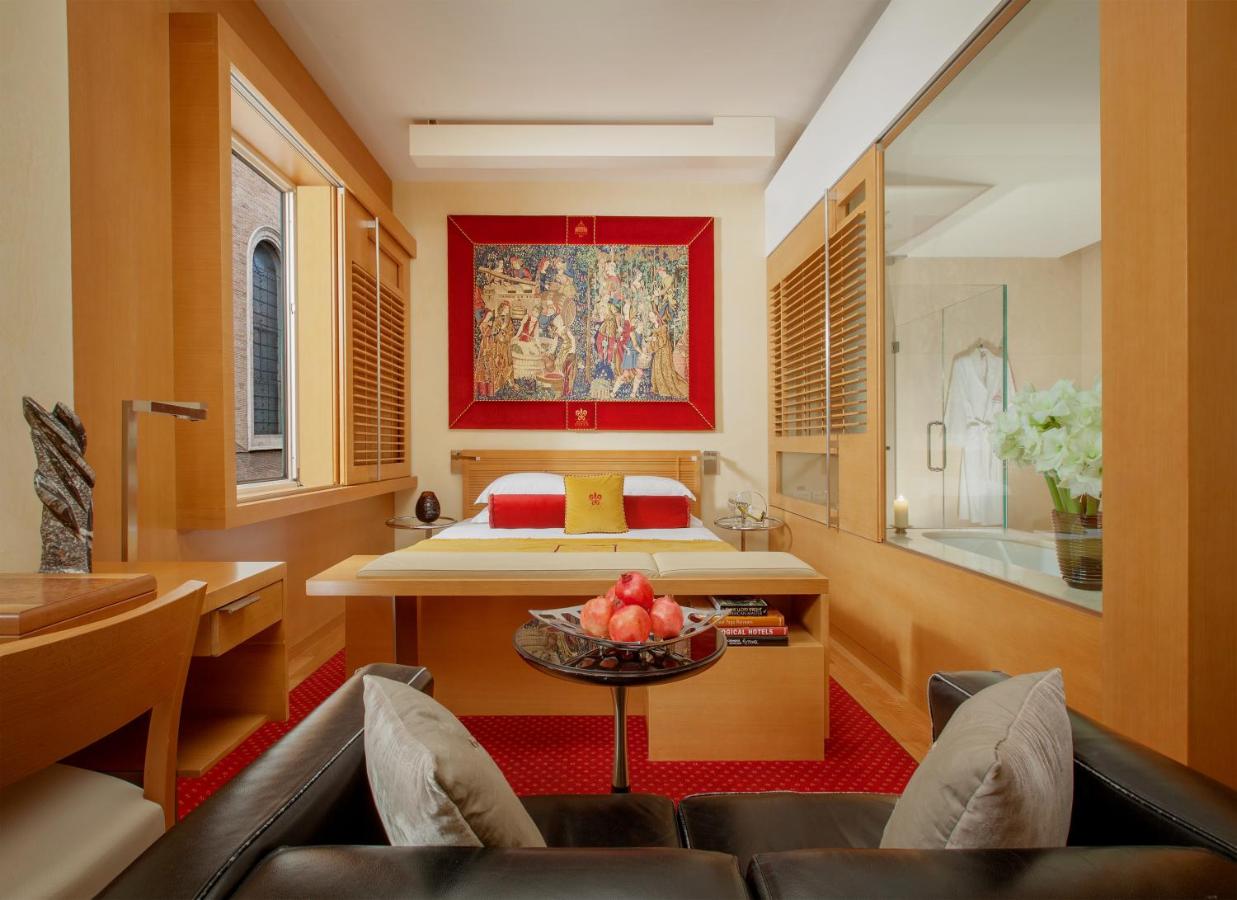
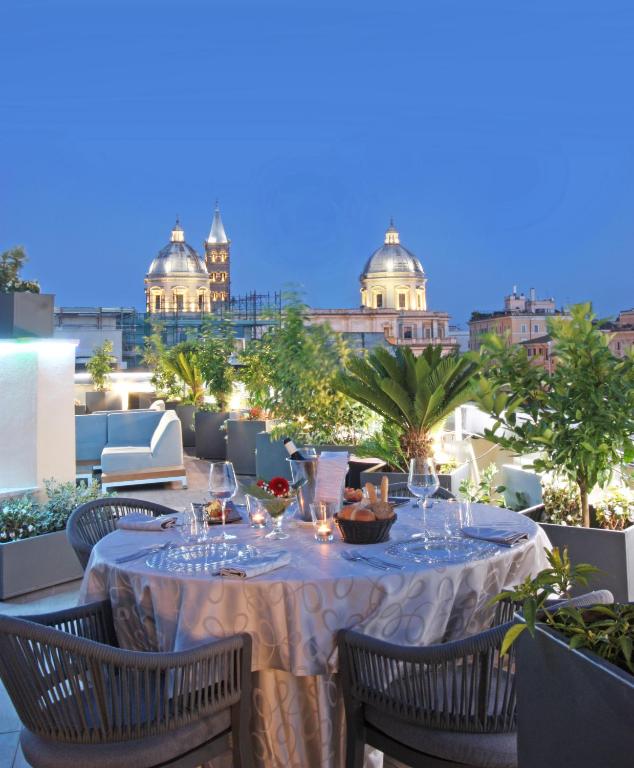
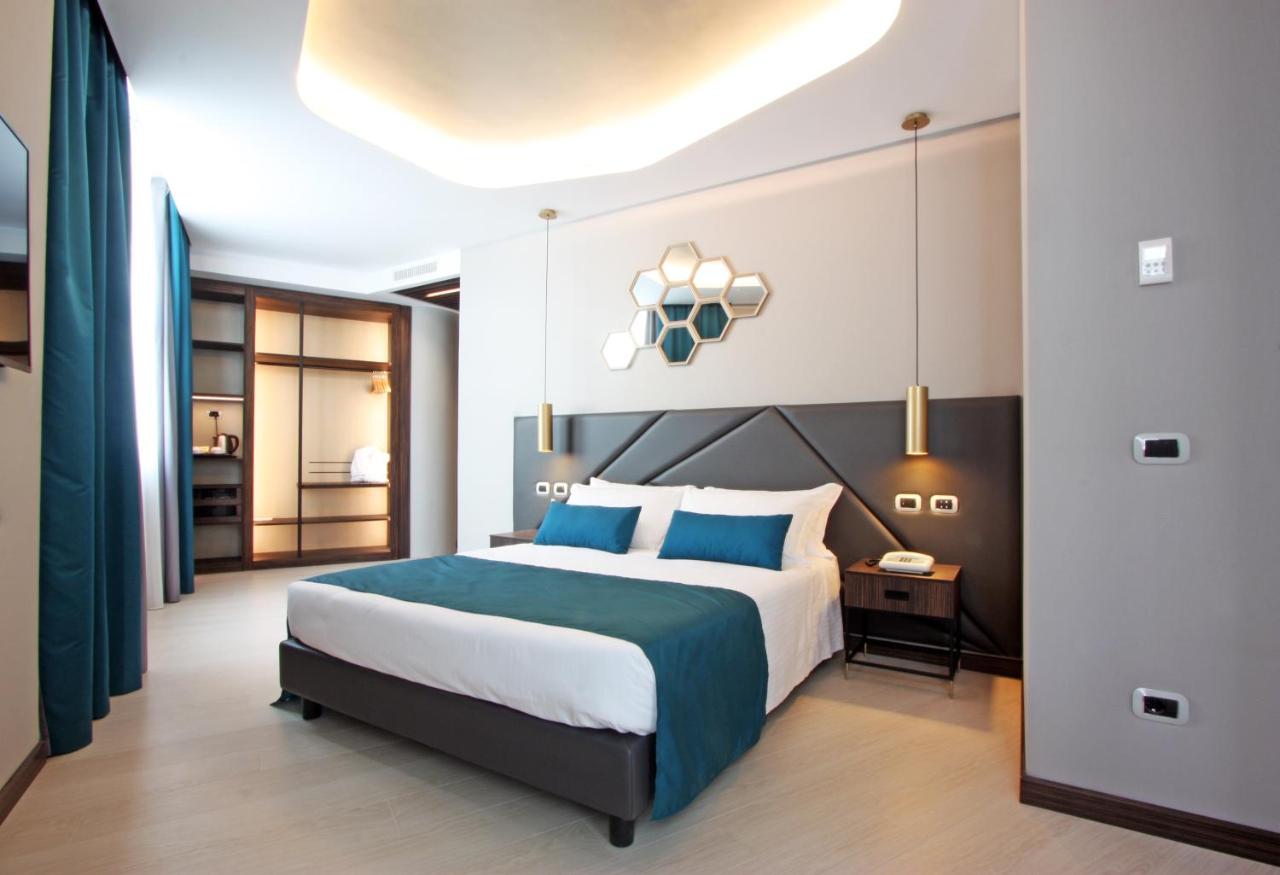
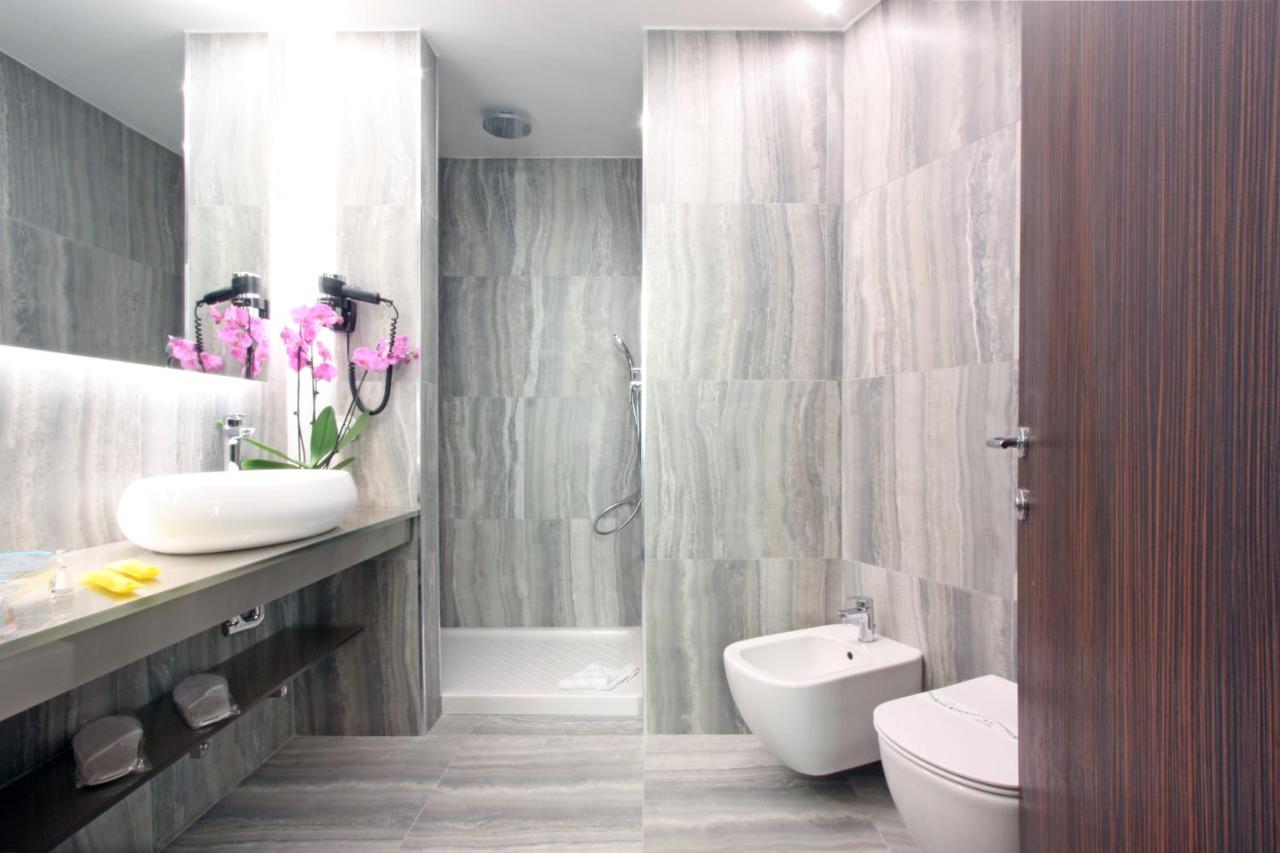
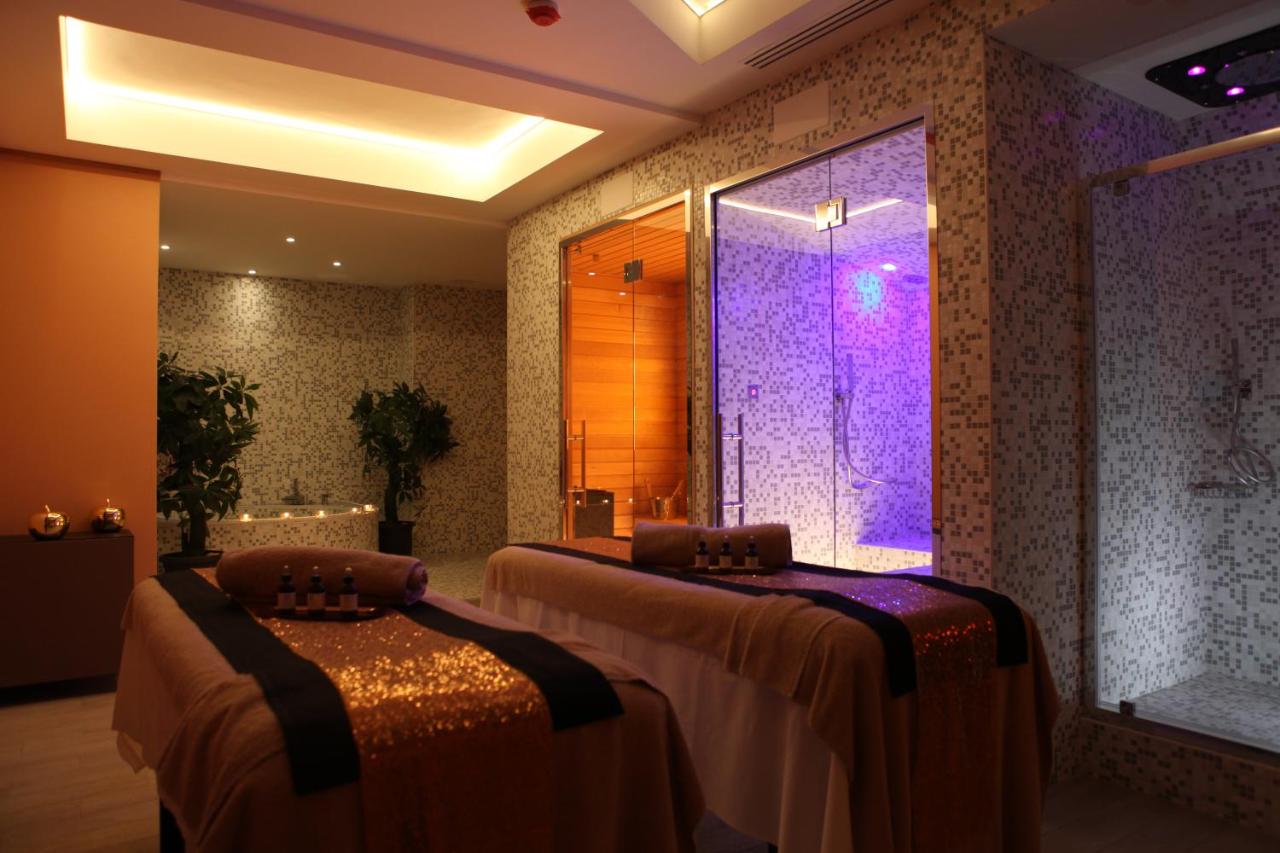

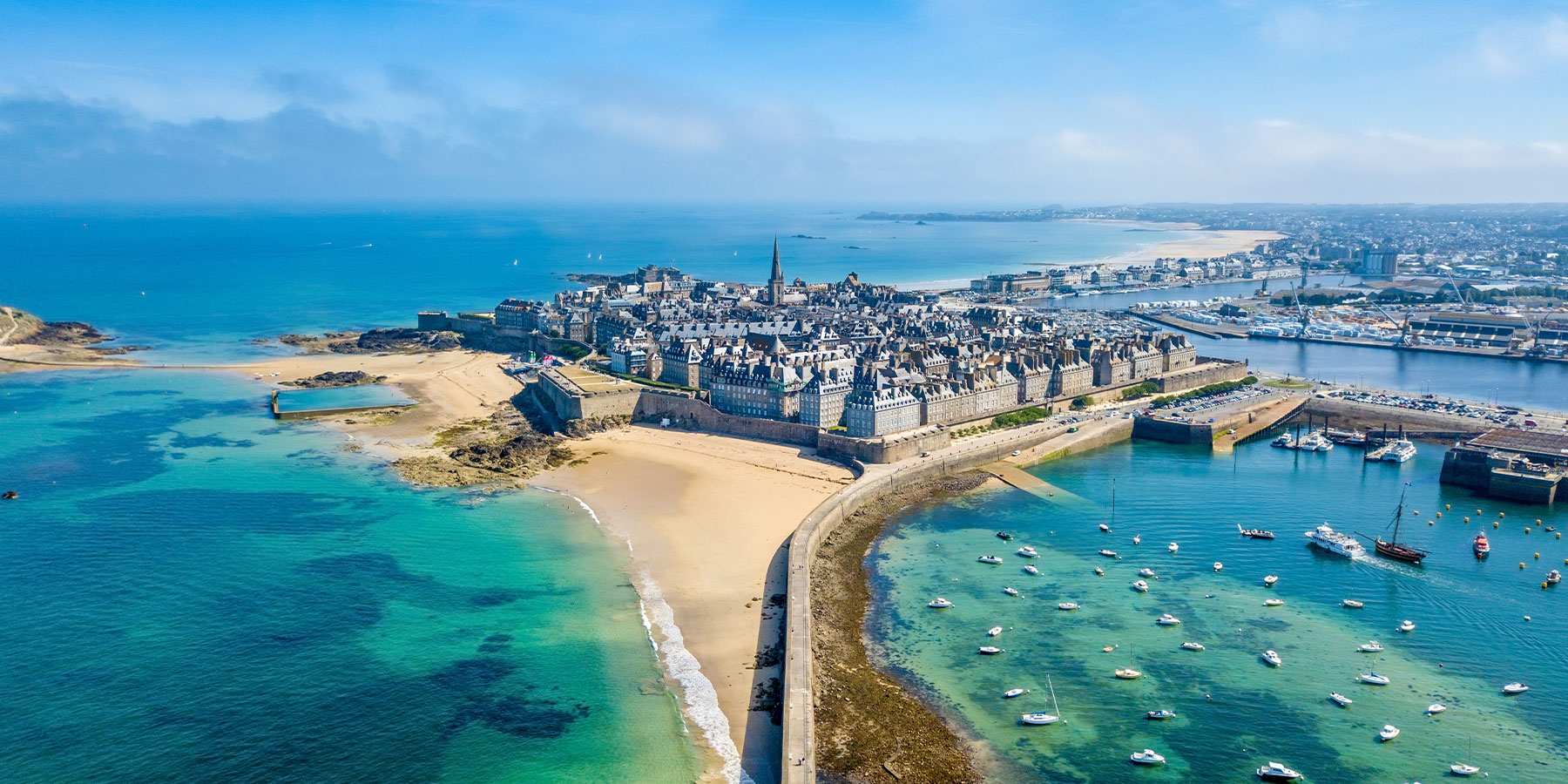
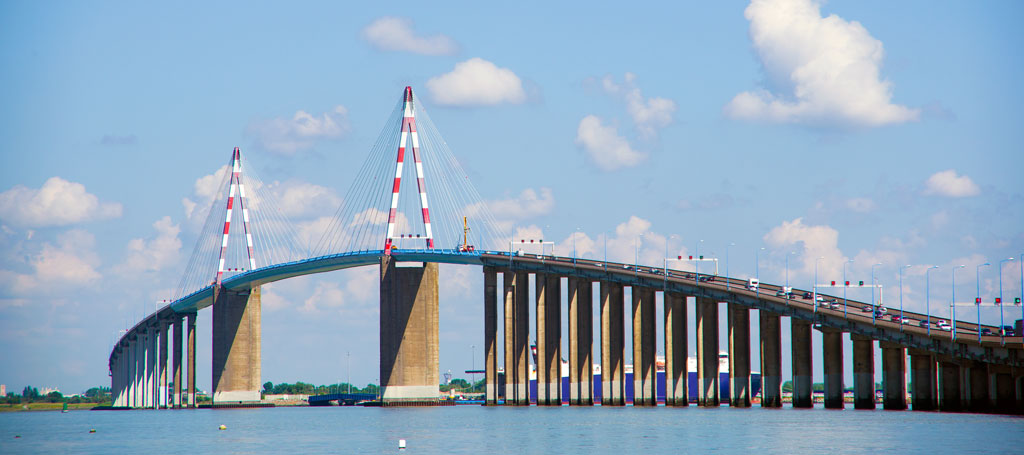


Comments